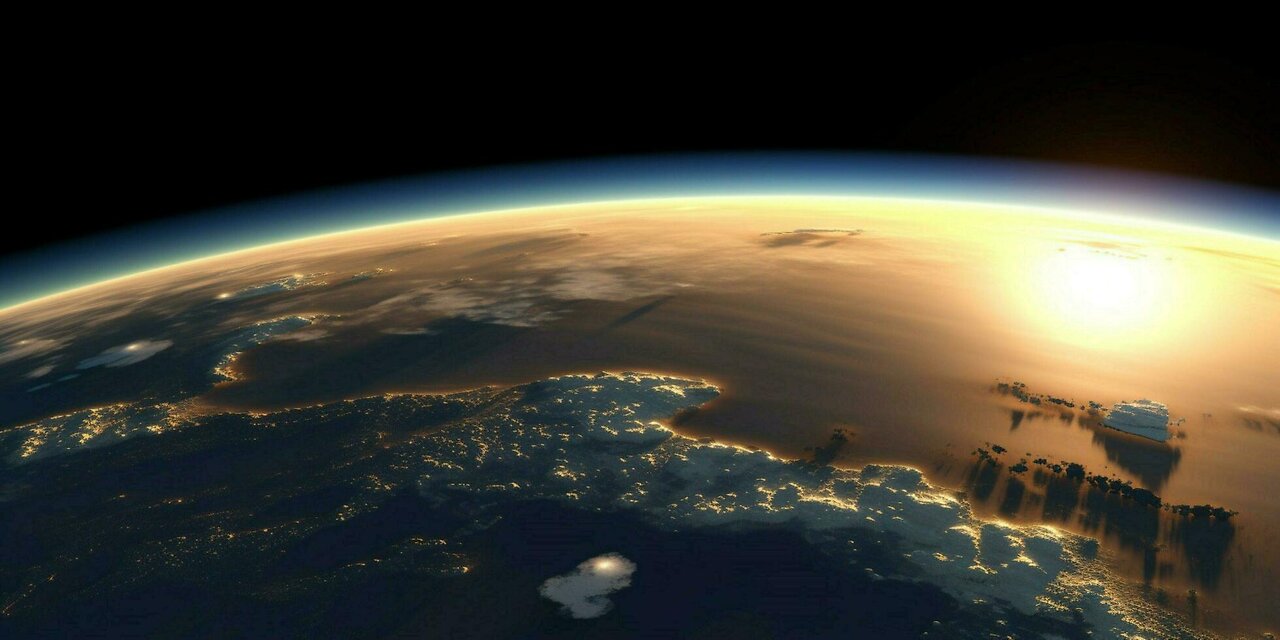Premium Only Content

4K earth views
The outer environment of Earth refers to the space beyond our planet's atmosphere, commonly known as outer space. This region is vast and contains various celestial objects, such as stars, planets, moons, asteroids, comets, and galaxies. Here are some key points about the outer environment of Earth:
Space Environment: Outer space is a near-perfect vacuum, meaning it has very low pressure and density. There's almost no air or matter present, which makes it fundamentally different from the atmosphere of Earth.
Cosmic Bodies: The outer environment of Earth is home to a wide array of celestial bodies. These include stars like our Sun, planets in our solar system (such as Mercury, Venus, Mars, Jupiter, Saturn, Uranus, and Neptune), their moons, asteroids, comets, and more.
Galaxies: Galaxies are massive systems of stars, gas, dust, and dark matter that exist in space. The Milky Way is the galaxy that contains our solar system.
Empty Space: Despite the presence of various celestial bodies, space is primarily empty. The distances between objects can be vast, and most of space consists of nothingness.
Microgravity: In the absence of a significant gravitational force, as experienced in space, objects and astronauts are in a state of microgravity. This state allows for unique scientific experiments and studies.
Cosmic Radiation: Space beyond Earth's atmosphere is exposed to cosmic radiation, which consists of high-energy particles coming from various sources, including the Sun and distant stars. This radiation can pose a challenge for human space travel and equipment.
International Space Station (ISS): The ISS is a habitable space station that orbits Earth. It serves as a research laboratory for scientific experiments in various fields, including astronomy, biology, physics, and more.
Space Exploration: Human exploration of outer space has led to significant advancements in understanding the universe and our place within it. Space missions and telescopes have allowed us to study distant planets, stars, and galaxies.
Challenges of Space Travel: Space travel poses numerous challenges due to the harsh conditions, radiation, vacuum, and microgravity. Protecting astronauts and equipment from these challenges is a critical aspect of space exploration.
Scientific Discoveries: Studying the outer environment of Earth has led to groundbreaking discoveries, such as the understanding of the Big Bang theory, the formation of galaxies, the search for extraterrestrial life, and more.
Overall, the outer environment of Earth is a fascinating and complex region that has captivated the imagination of scientists, researchers, and space enthusiasts for generations. It continues to be a frontier of exploration and discovery, expanding our knowledge of the universe beyond our planet.
-
 LIVE
LIVE
StoneMountain64
1 hour agoCoD NEXT Black Ops 7 prep getting my movement back
104 watching -
 1:07:29
1:07:29
Sean Unpaved
2 hours agoFootball Fire: Lions' Defense Halts Ravens, Giants Pivot to Dart, OU Grapples with Mateer's Surgery
26.7K -
 1:12:10
1:12:10
Timcast
3 hours ago🚨BREAKING: ANTI ICE Terror Attack In Dallas, 2 Dead, Several Injured | Tim Pool
208K213 -
 2:04:25
2:04:25
Steven Crowder
5 hours agoBreaking: ICE Facility Shot in Dallas - Another Left-Wing Attack?
454K378 -
 1:07:04
1:07:04
Mark Kaye
3 hours ago🔴 Jimmy Kimmel ROASTED For Fake Tears During Late Night Return
28.3K9 -
 1:07:28
1:07:28
Rebel News
2 hours agoLIVE | Fire at ostrich farm, RCMP & CFIA siege property, Rebels on the ground | Buffalo Roundtable
24.4K5 -
 1:02:08
1:02:08
The Rubin Report
4 hours agoCharlie Kirk’s Murder Has Officially Backfired
65.4K43 -
 1:04:04
1:04:04
The Drew Allen Show on DailyClout
2 hours ago"What the Kimmel Saga Has Taught Us About the Left"
17K2 -
 LIVE
LIVE
LFA TV
15 hours agoBREAKING NEWS: SHOOTER IN DALLAS! | WEDNESDAY 9/24/25
2,596 watching -
 1:00:09
1:00:09
VINCE
6 hours agoThe Globalists SABOTAGE Trump At The U.N.? | Episode 132 - 09/24/25
251K300